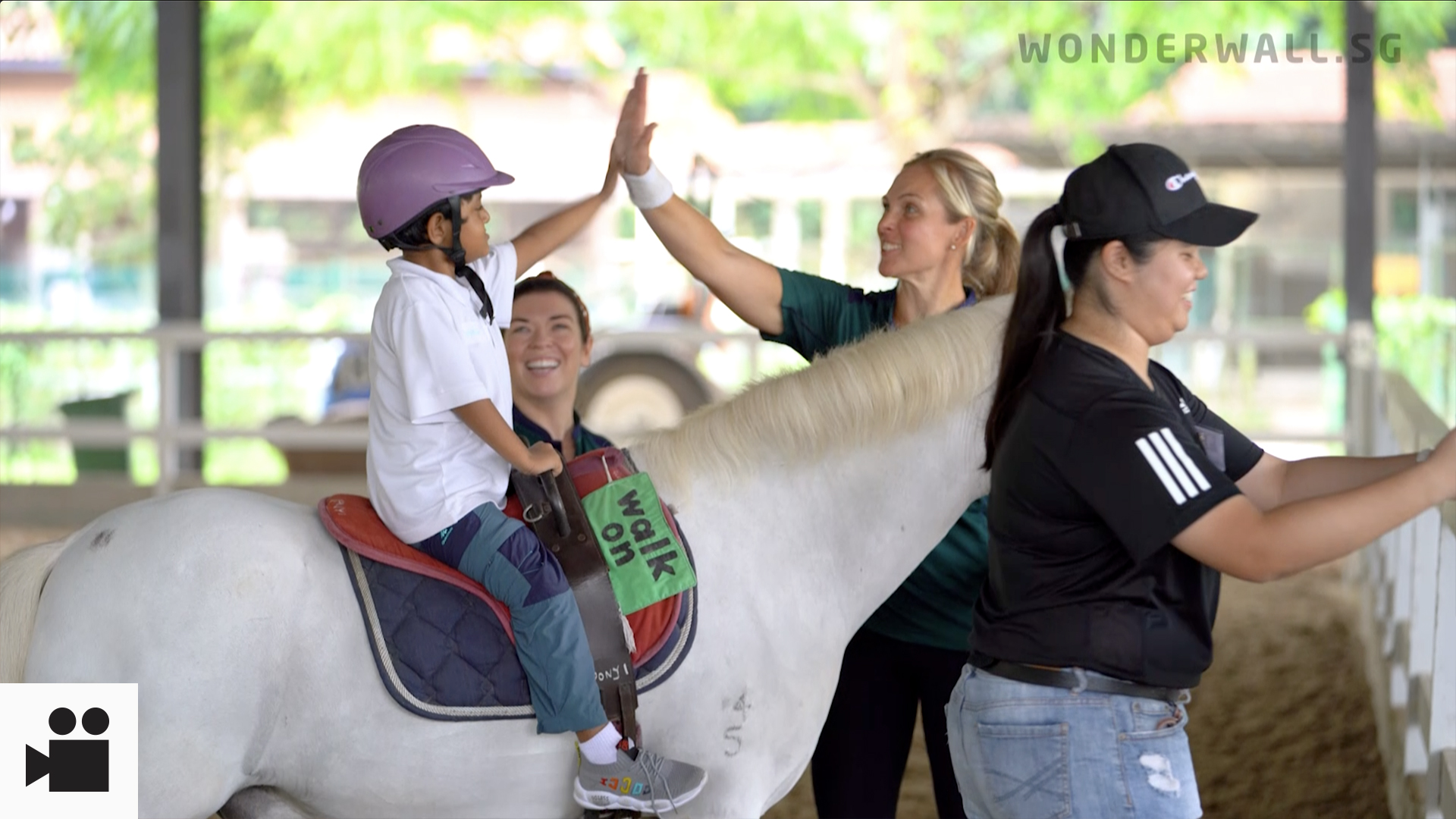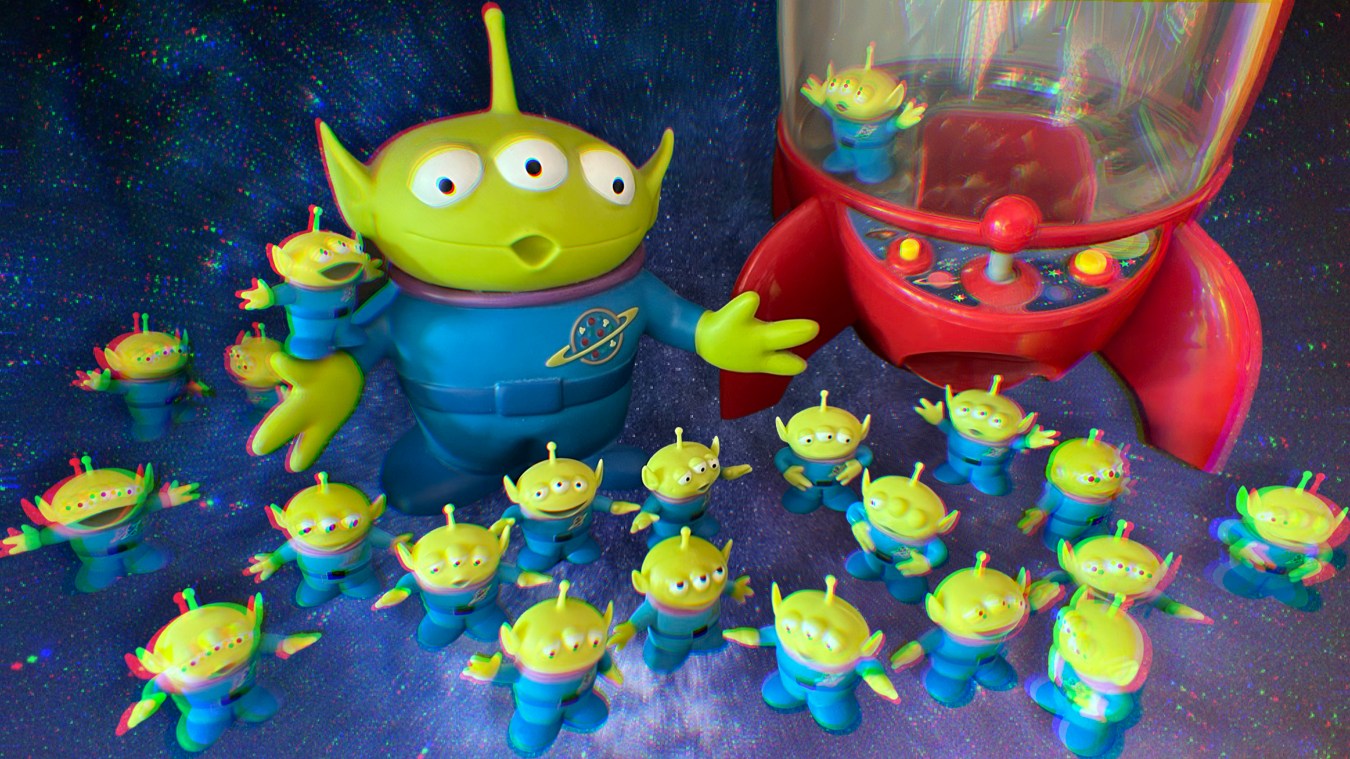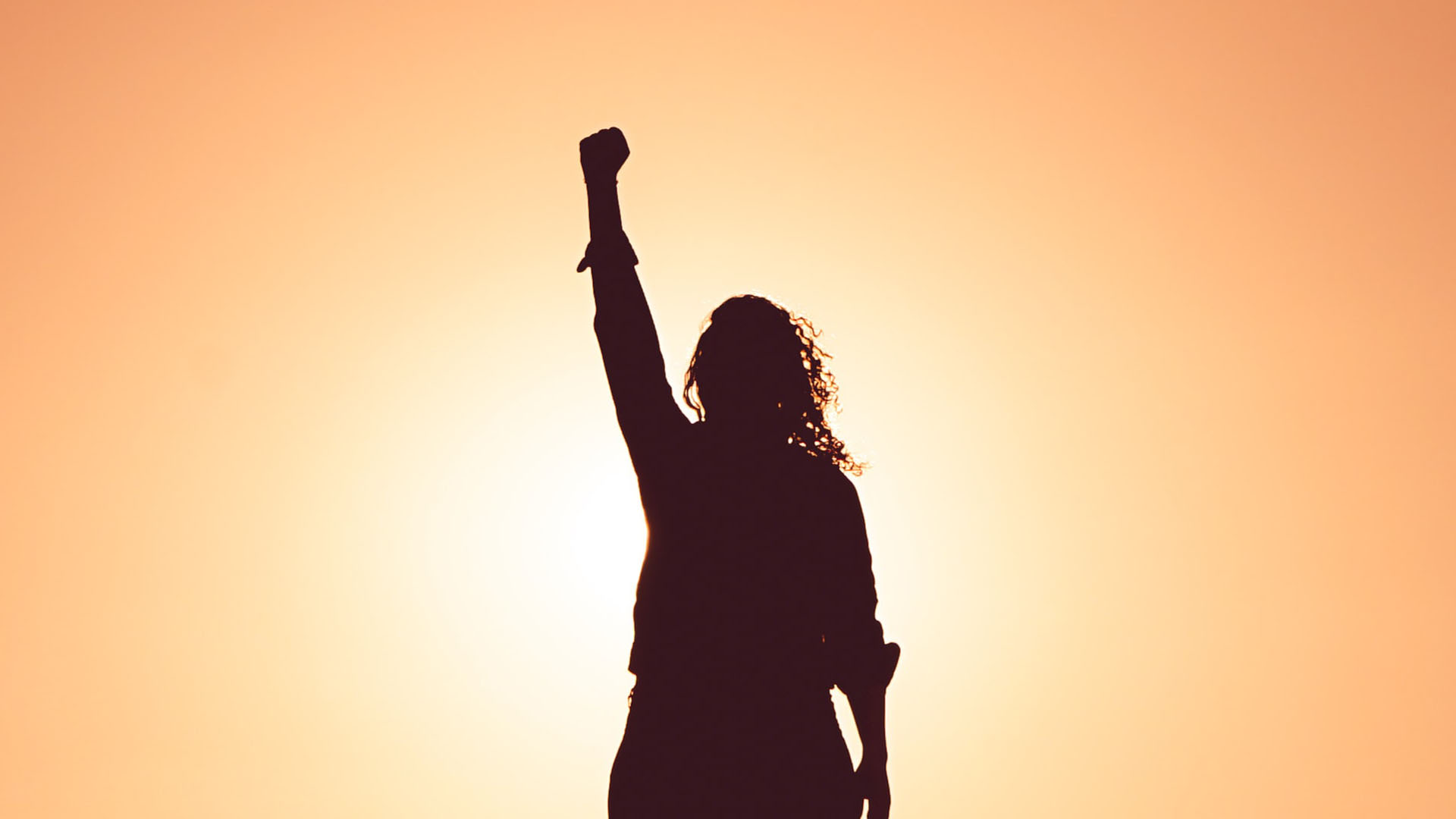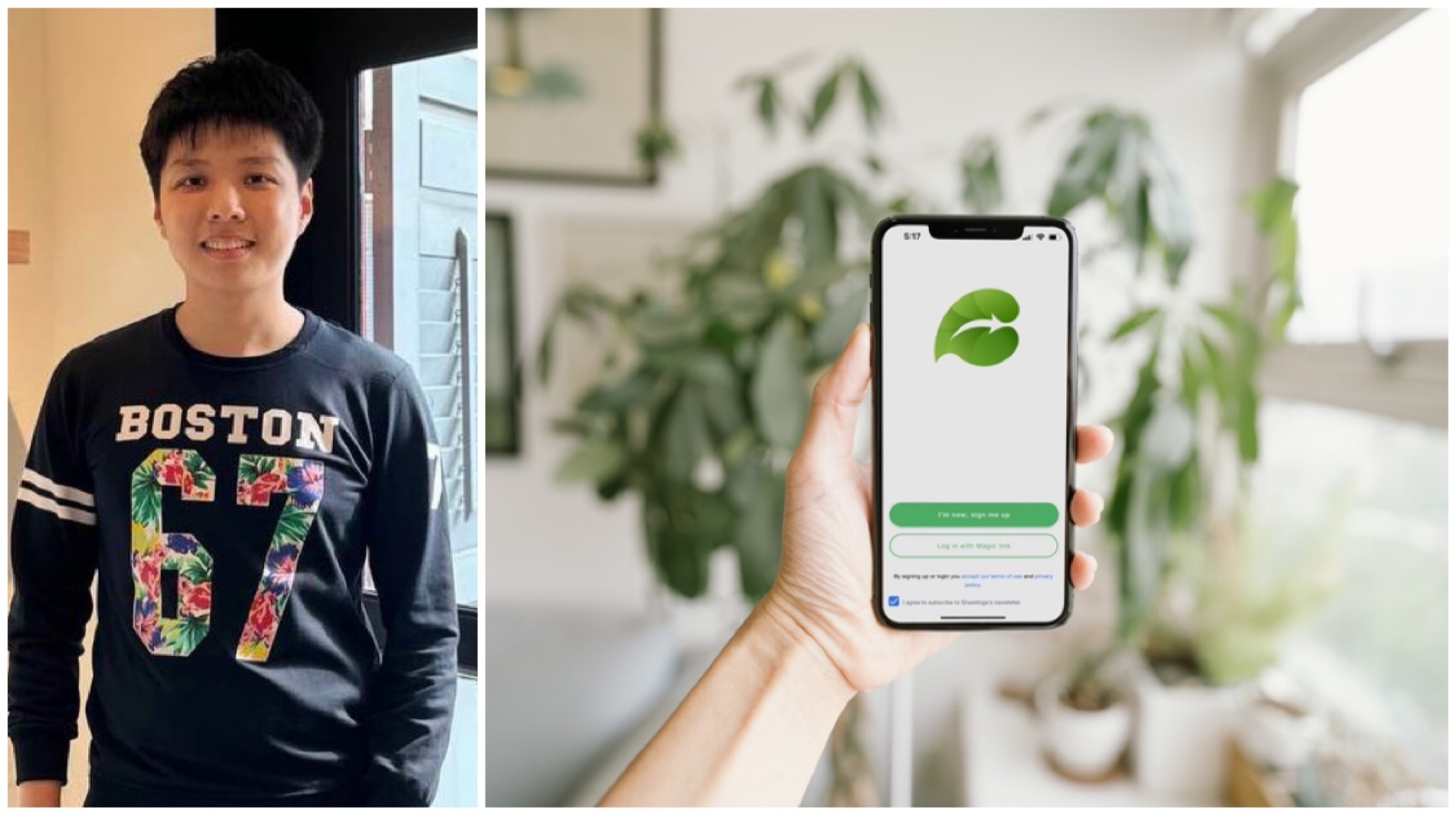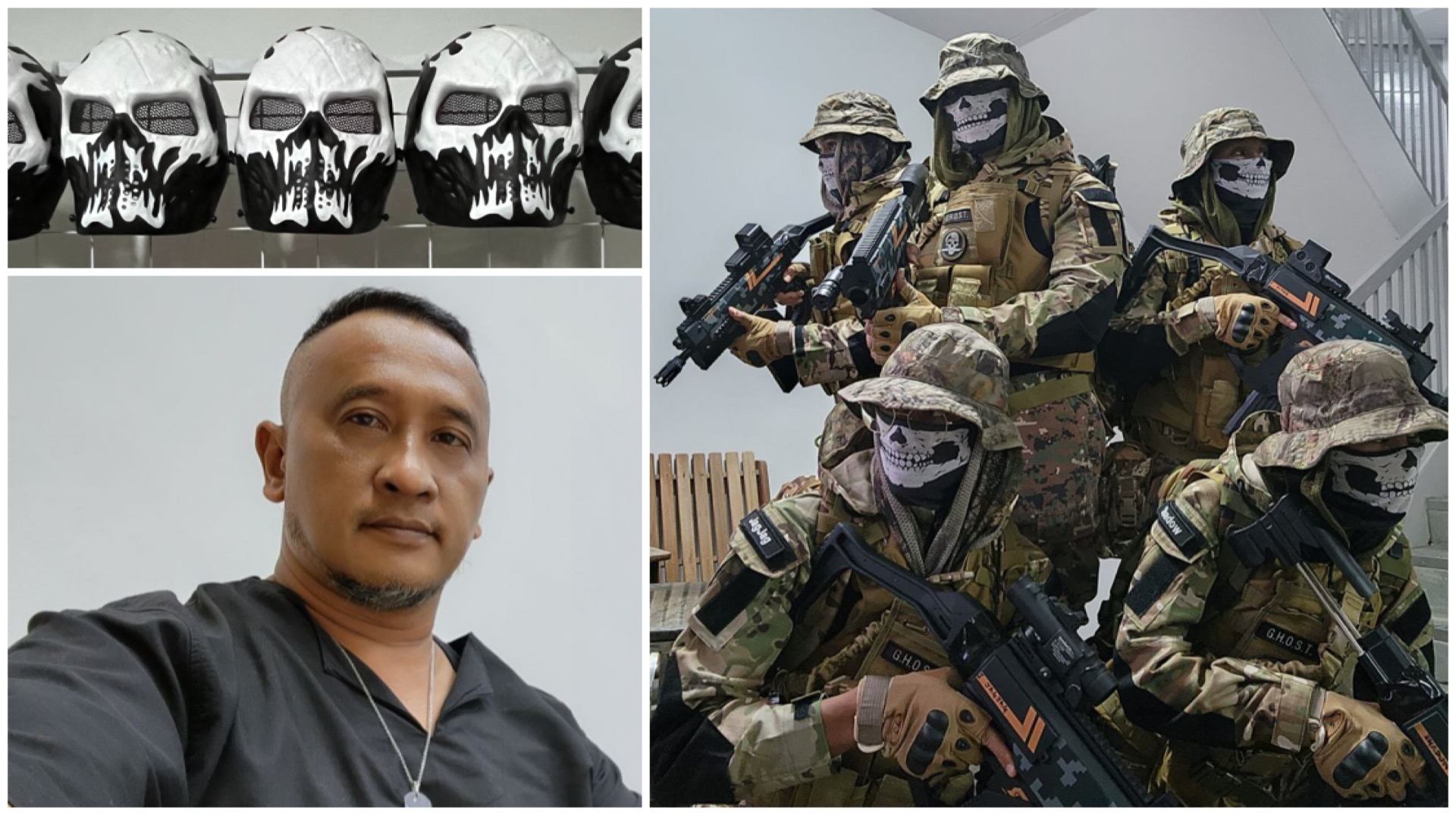Horsing Around For The Love Of Children
Once a week for about an hour and a half, 21-year-old students, Goh Hong Yue and Koh Jia Xuan, can be found horsing around at the Riding for the Disabled Association (RDA) - the only charity in Singapore that provides free horse-riding therapy sessions (also known as hippotherapy) for children and adults with disabilities.
The undergraduates from the Singapore Management University (SMU) are part of a group of RDA volunteers who conduct weekly hippotherapy sessions for children with autism spectrum disorder (ASD), aged five to 18 years, from the Genesis School for Special Education every Wednesday morning.
And if you think this task - taking a leisurely stroll with horses and assisting the young riders with simple activities - sounds like a walk in the park, it isn’t, especially not for self-described introverts like Hong Yue and Jia Xuan.
Admittedly, their volunteering work started off as a mandatory community service graduation requirement, and the thought of socialising and working with a ton of new people was one of reluctance initially. After having spent three months volunteering at RDA, the girls are now singing a different tune.
“All of this [interacting and socialising] is really out of our comfort zone but it’s been a really fulfilling experience for us,” says Jia Xuan. “We love working with children so that helps a lot,” Hong Hue adds.
To mark International Volunteer Day on December 5 – an annual observance day designated by the United Nations in 1985 in recognition of the dedication and efforts of volunteers, and to promote the importance and potential of volunteerism, we put the spotlight on Goh Hong Yue and Koh Jia Xuan who tell us how their volunteering experience has shaped their personal growth and taught them to look beyond themselves through helping the less fortunate.
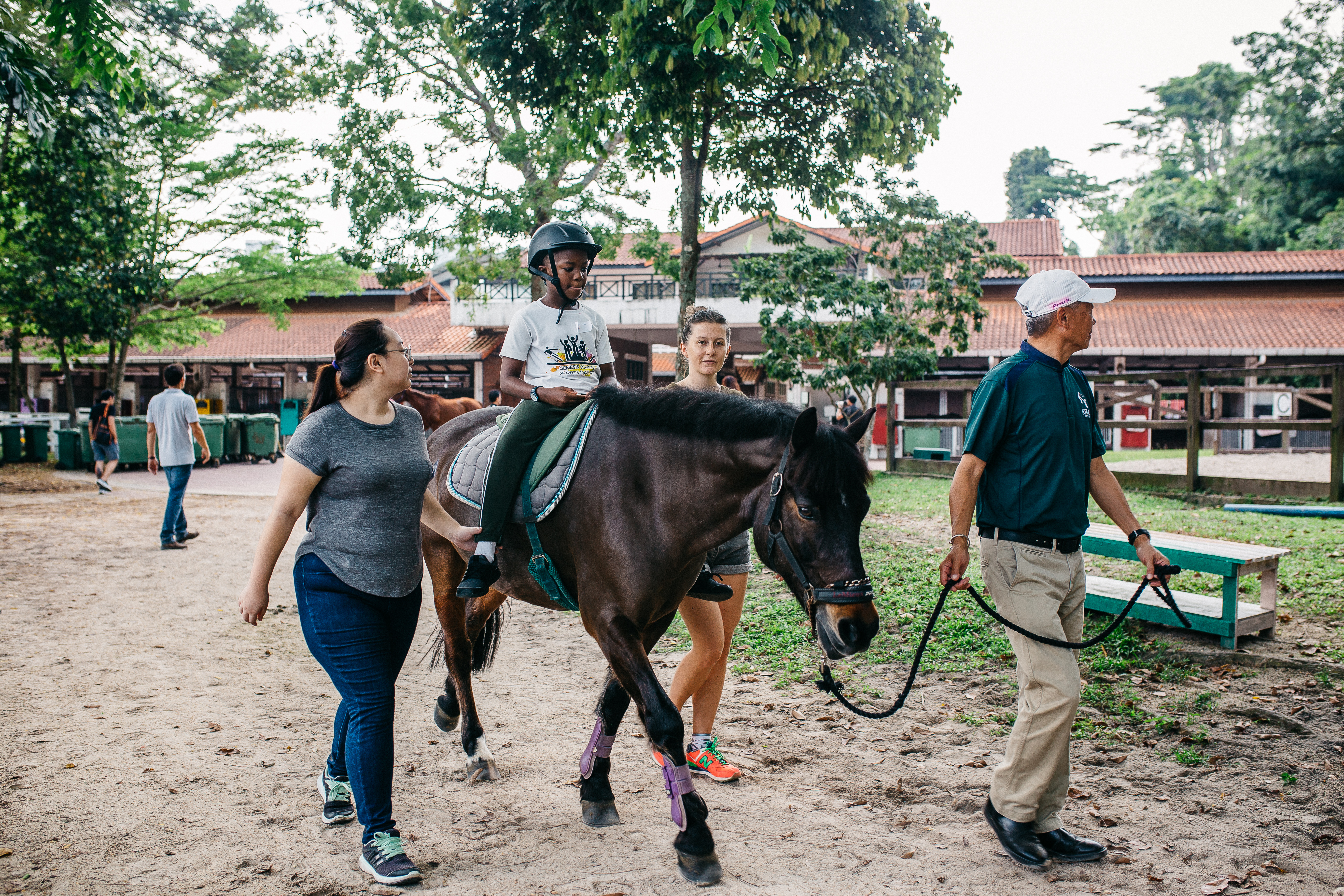
Tell us about your role as a RDA volunteer. How do you assist children with special needs during the horse-riding therapy sessions?
Jia Xuan (JX): I’m a side-walker; all new volunteers will start as a side-walker. Before each session, we will help to prepare the indoor riding arena, like, setting up of activity props. Then we’ll get the children ready with a quick warm-up session and assist them with their nametags and riding helmets.
Hong Yue (HY): I’m also a side-walker but currently training to be a leader where I’ll lead the horses during the therapy sessions. The main objective of a side-walker is to assist and engage the riders during the session while ensuring their safety at the same time. We’ll always walk next to the horse and its rider, talk to the rider and encourage them to do the therapy activities. There are circumstances where a rider will jump off the horse abruptly due to sensory issues. Majority of the children (in our Wednesday’s riding sessions) are autistic and very often, they will resist interaction with others. So it’s very important that we engage them throughout the entire riding session in order to help them make progress.
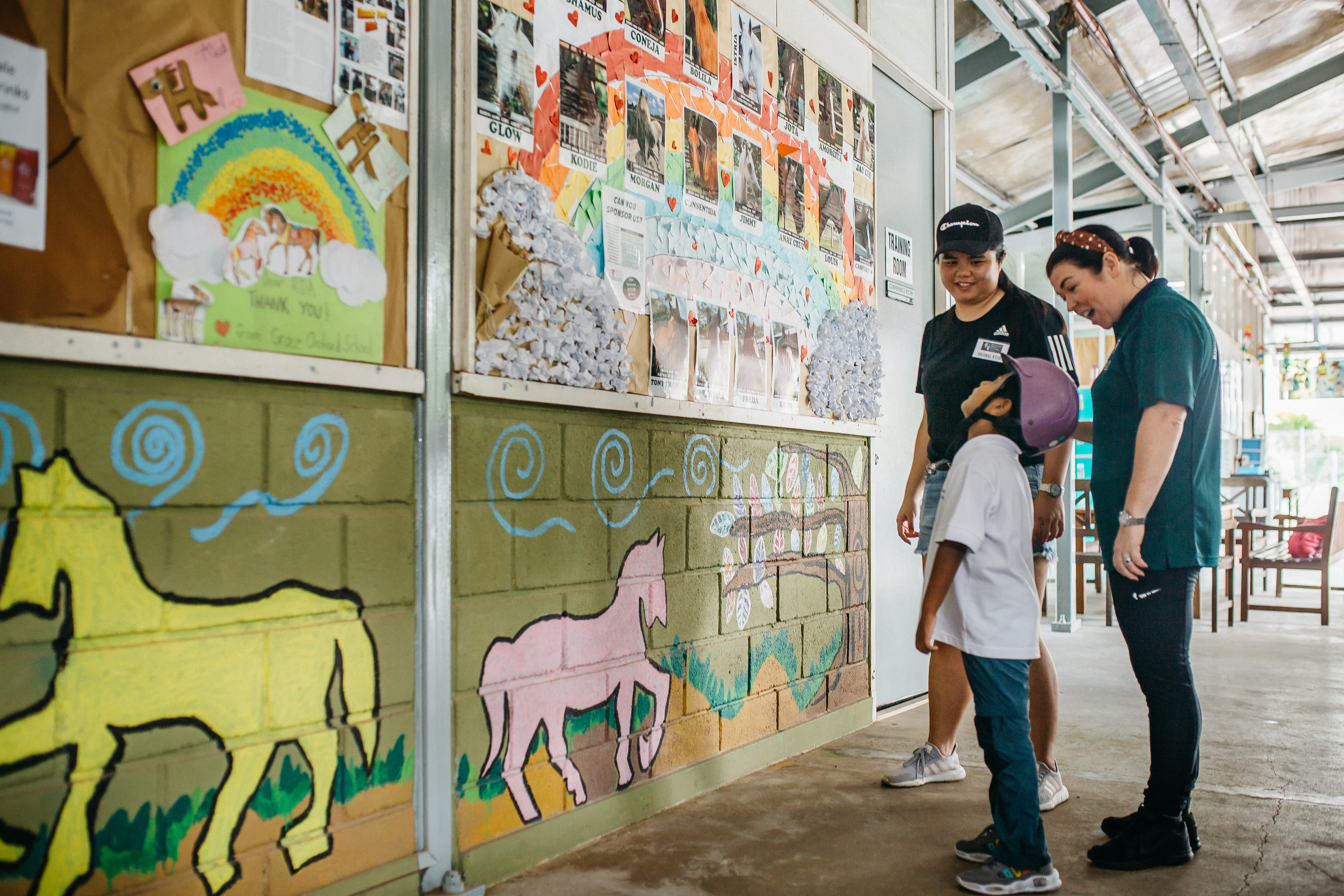
What’s the biggest challenge you’ve faced as a RDA volunteer and how do you overcome it?
JX: We’ll make an effort to understand our riders and take note of their personality nuances, such as their likes and dislikes, before the start of each new term. I was once assigned to this girl, 7, who refuses to look, speak or respond to any of us. She likes to be alone and is always talking or singing to herself. Initially we had difficulty understanding her needs and therefore couldn’t engage her well. Then we realised, “Hey, she likes singing so why don’t we sing to her?” So one day, we sang to her while she was waiting to start her session, and it worked! It made her very happy and she started to be more responsive. Most of these kids don’t like to have eye contact so it’s important that we don’t force them. But once they do after a few sessions, that’s when we go, “Yes!” (Laughs)
HY: My experience was with a young boy who’s completely absorbed in his own world. He has difficulty staying still and paying attention. Whenever we tried to help him put on his riding helmet, he’d run all over the place. Two of us had to hold him down to wear his helmet. And even after being mounted on the horse, he’s constantly restless. His reflexes are super fast so we literally had to keep our eyes on him at all times. It was a very tense and stressful situation as we were concerned for his safety. On situations like this, it helps when we move closer or squat down in front of him and speak to him gently at his eye level.
I’ve learnt that it’s all about giving these children a sense of security and familiarity. That’s why it’s recommended for side-walkers to commit to the entire 10-week therapy term to allow a consistent beneficiary-volunteer-horse pairing system.
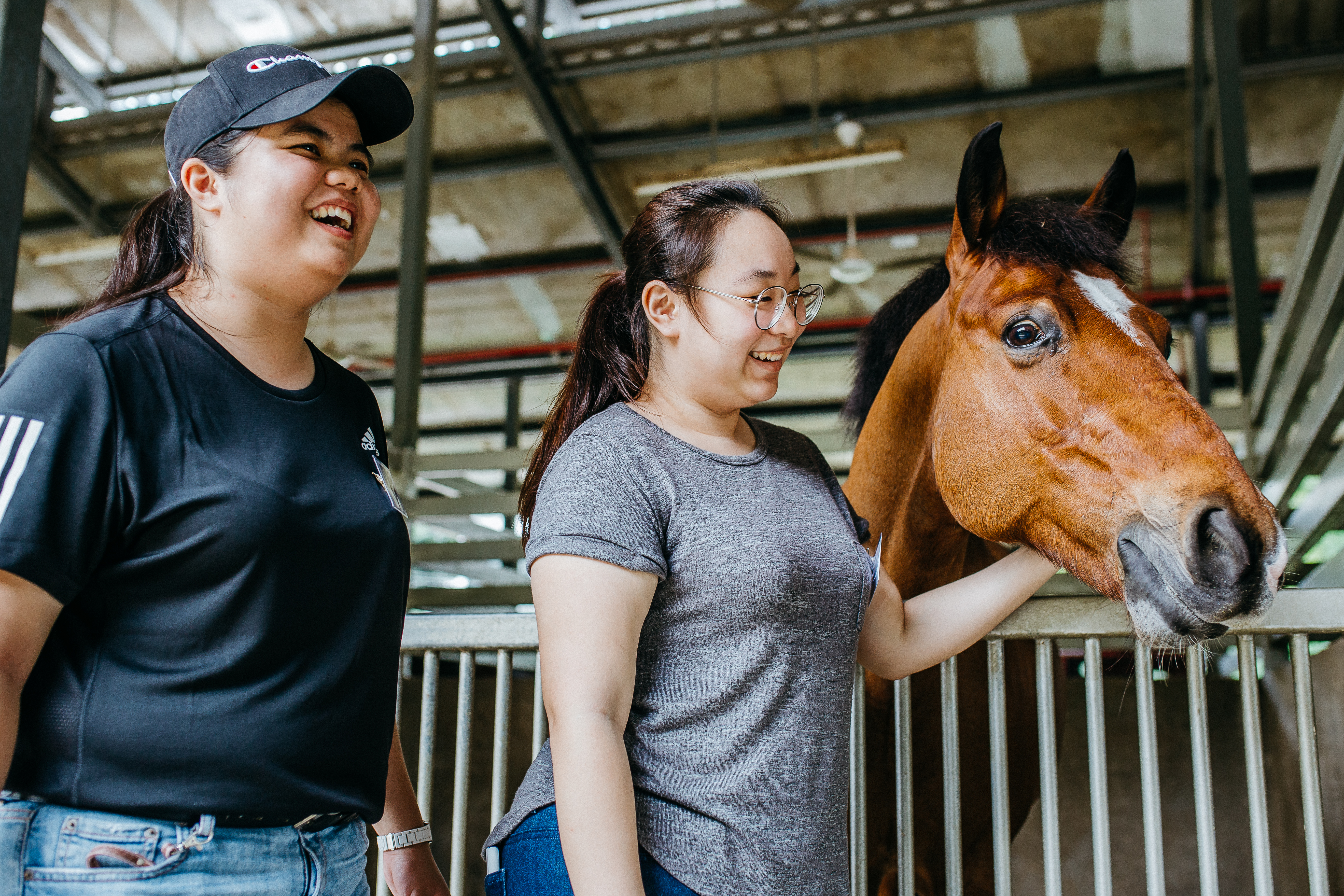
What do you enjoy most about your volunteering job?
HY: Happiness, for me, really comes from witnessing the children’s improvements week after week. Just last week, one of my riders couldn’t follow through a simple instruction, like holding on to a clip, during the activity time. Each time we give him the clip, he throws it away. But this week, he’s able to follow through the entire activity session after a bit of coaxing. That’s a win for both of us.
JX: Likewise, seeing the children make progress gives me a huge sense of joy and contentment. I remember this young girl with Down syndrome, who really loves horses, and how her face lit up instantly the moment she saw the horses. That’s something that keeps me coming back to volunteer. Plus, the other experienced side-walkers have been really helpful in teaching me ways to better engage and help these children.
For the latest updates on Wonderwall.sg, be sure to follow us on TikTok, Telegram, Instagram, and Facebook. If you have a story idea for us, email us at [email protected].







